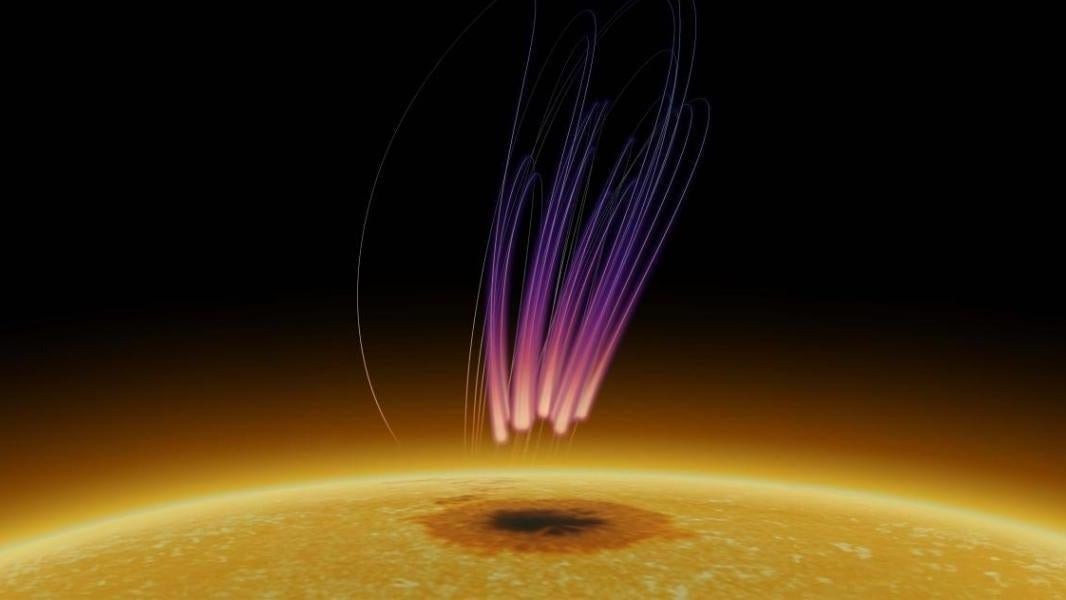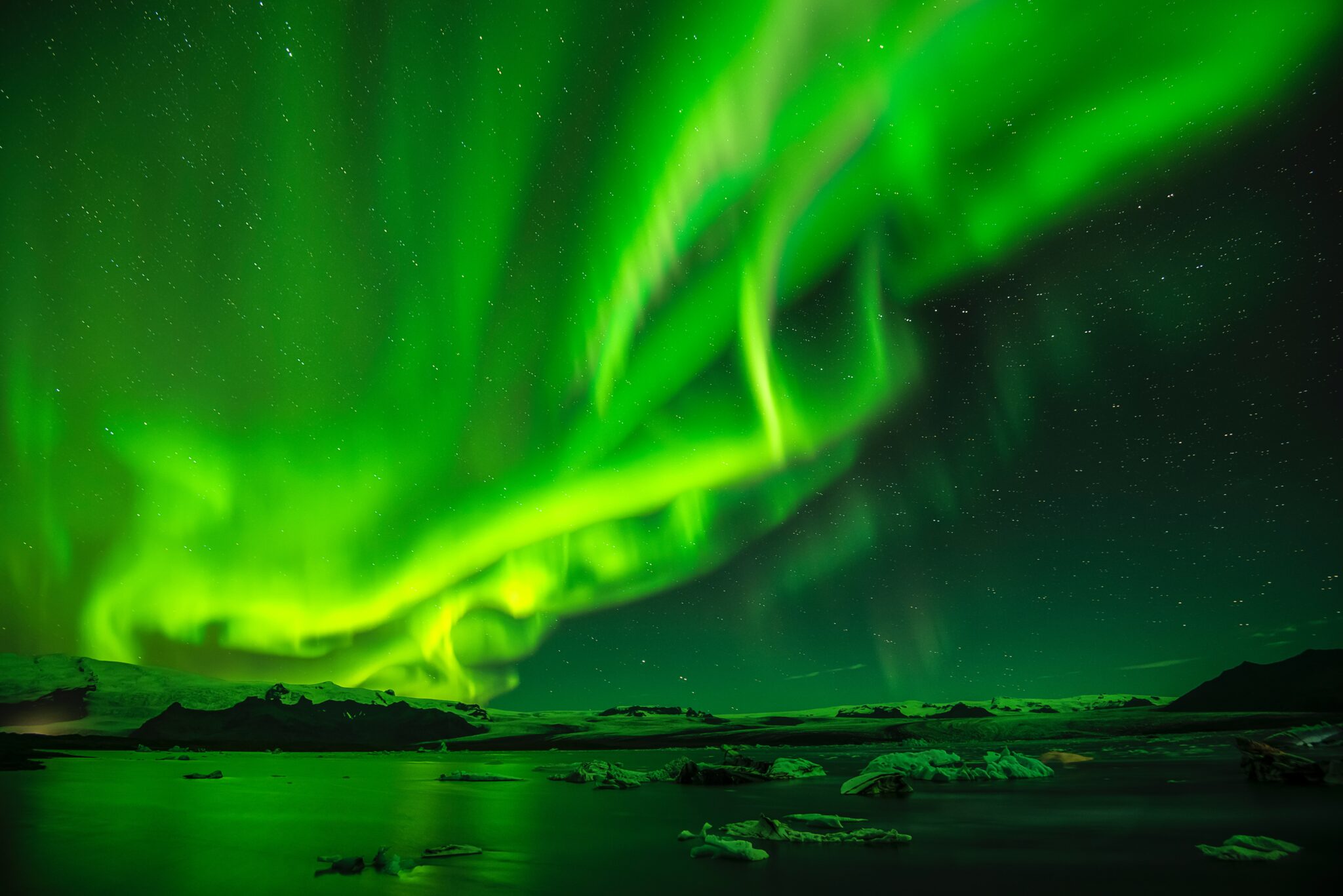At a distance of about 40 thousand km from the dark spot on the Sun, scientists discovered radio emission similar to the aurora. It is noted that the magnetic fields near sunspots are almost 2500 times more powerful than those on Earth, which leads to the formation of areas with lower temperatures compared to brighter areas of the surface of our luminary.

The radiation was first recorded in April 2016, but its detailed analysis was published only last week in the journal Nature Astronomy. Scientists described the radiation as “similar to the aurora” based on its spectrum, polarisation and duration.
“We’ve detected a peculiar type of long-lasting polarized radio bursts emanating from a sunspot, persisting for over a week. This is quite unlike the typical, transient solar radio bursts typically lasting minutes or hours. It’s an exciting discovery that has the potential to alter our comprehension of stellar magnetic processes,” explained Sijie Yu, an astronomer at the New Jersey Institute of Technology’s Center for Solar-Terrestrial Research.
The discovery sheds light on a new type of long-term radio emission that occurs in sunspots and lasts more than a week, unlike conventional short-term solar radio bursts.

Auroras on Earth occur when charged particles emitted by the Sun interact with the atmosphere and the magnetic field. A typical aurora emits radio waves with frequencies from 100 to 500 kHz. Sunspots generate radio emission at frequencies from hundreds of thousands to a million kilohertz due to the enormous strength of the magnetic field.
Researchers believe that the radio emission of sunspots is not associated with solar flares, but may be the result of random fluctuations affecting electrons in magnetic field loops. This discovery makes it possible to take into account similar signals from other stars when determining their characteristics and to study astrophysical phenomena in more detail.
Despite the fact that our luminary is the source of life support on Earth, we still do not know all its secrets. We are discovering the physics of the Sun gradually, thanks to constant research and improvement of tools for its study.
Earlier we reported on auroras on Uranus.
According to gizmodo.com
Follow us on Twitter to get the most interesting space news in time
https://twitter.com/ust_magazine

